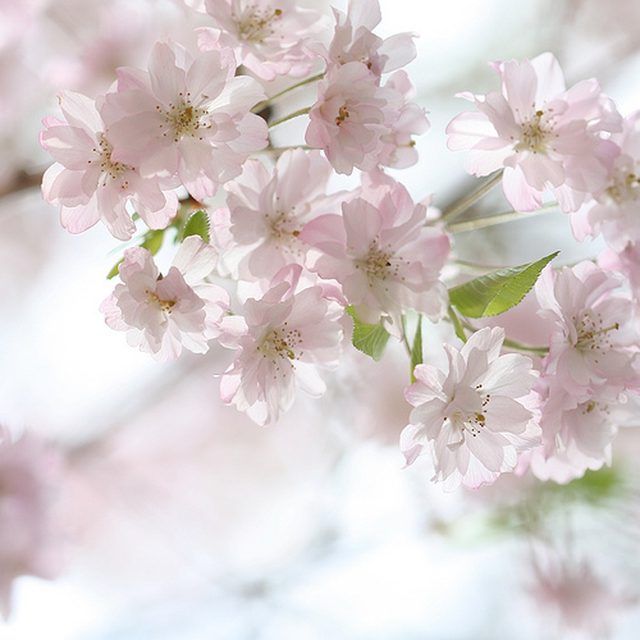Bulbs
Flower Basics
Flower Beds & Specialty Gardens
Flower Garden
Garden Furniture
Garden Gnomes
Garden Seeds
Garden Sheds
Garden Statues
Garden Tools & Supplies
Gardening Basics
Green & Organic
Groundcovers & Vines
Growing Annuals
Growing Basil
Growing Beans
Growing Berries
Growing Blueberries
Growing Cactus
Growing Corn
Growing Cotton
Growing Edibles
Growing Flowers
Growing Garlic
Growing Grapes
Growing Grass
Growing Herbs
Growing Jasmine
Growing Mint
Growing Mushrooms
Orchids
Growing Peanuts
Growing Perennials
Growing Plants
Growing Rosemary
Growing Roses
Growing Strawberries
Growing Sunflowers
Growing Thyme
Growing Tomatoes
Growing Tulips
Growing Vegetables
Herb Basics
Herb Garden
Indoor Growing
Landscaping Basics
Landscaping Patios
Landscaping Plants
Landscaping Shrubs
Landscaping Trees
Landscaping Walks & Pathways
Lawn Basics
Lawn Maintenance
Lawn Mowers
Lawn Ornaments
Lawn Planting
Lawn Tools
Outdoor Growing
Overall Landscape Planning
Pests, Weeds & Problems
Plant Basics
Rock Garden
Rose Garden
Shrubs
Soil
Specialty Gardens
Trees
Vegetable Garden
Yard Maintenance
Uses for Cherry Trees
Uses for Cherry Trees. The cherry tree is part of American mythology: George Washington chopped one down to teach us all the value of telling the truth, and we all grow up hoping that life will be as pleasant as a bowl of cherries. But the cherry tree has many tangible uses, too---as varied as landscaping, nutrition, medicine and woodworking.
The cherry tree is part of American mythology: George Washington chopped one down to teach us all the value of telling the truth, and we all grow up hoping that life will be as pleasant as a bowl of cherries. But the cherry tree has many tangible uses, too---as varied as landscaping, nutrition, medicine and woodworking.

Ornamentation
Cherry trees are beautiful ornamental plants for artful landscaping. Depending on the variety, the cherry tree can range from a diminutive six feet tall to a towering 30 feet. With its deep red-brown bark and dark-green foliage, the tree is a standout any time of year; however, it's in spring when the trees really become something special, blossoming with delicate white, pink or light yellow flowers. There are several traditional Japanese songs---along with countless haiku---written in honor of the delightful, petal-rich spectacle of cherry blossom season.
Nutrition
Everyone is familiar with the fruit from which the cherry tree gets its name. These bright red (or occasionally yellow, depending on the cultivar), long-stemmed stone fruits are best eaten fresh from the tree. Cherries are a rich source of minerals, bearing potassium, manganese, magnesium, copper, calcium, iron and phosphorous. They're also a great source of vitamins C, K and B6, as well as thiamin, riboflavin and pantothenic acid. They have the added benefits of being low in calories and high in dietary fiber.
Medicine
Herbalists use cherry tree bark and extract to treat a range of complaints. They use parts of the plant to reduce arthritis pain, heal gout, abate headaches, address lung concerns such as bronchitis and asthma, and relieve chronic diarrhea. The pigment that makes cherries red, called anthocyanin, is a potent antioxidant that encourages collagen production in the skin in tandem with the vitamin C also present in the fruit. Cherry juice contains immune-strengthening melatonin, which also helps to regulate the sleep/wake cycle.
Woodworking
The beautiful wood of the cherry tree, with its deep red color, natural luster and fine grains, is a favorite material of woodworkers worldwide. It's a hardwood, strong enough to use to fashion tool handles. One of the most popular furniture woods in the U.S., cherry wood is used by artisans and bulk manufacturers alike. It's durable enough to make it a good choice for everyday fixtures like cabinets, but it's also attractive enough to be sculpted into art pieces, musical instruments, toys, pipes and boat interiors.
History
Cherry trees originally come from Japan, and American travel writer Eliza Ruhamah Scidmore is credited with bringing the trees to the States. In 1885, she arranged for the Japanese government to send cherry trees to be planted along the Potomac River in Washington, D.C. The trees finally arrived in 1912 -- all 3,000 of them. President Taft's wife, Helen, planted the first two cherry trees alongside the wife of the Japanese ambassador. About 150 of the original trees are still alive.